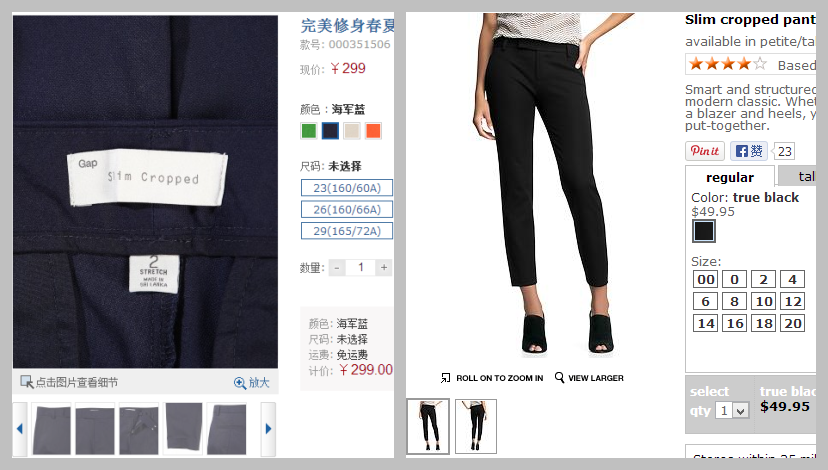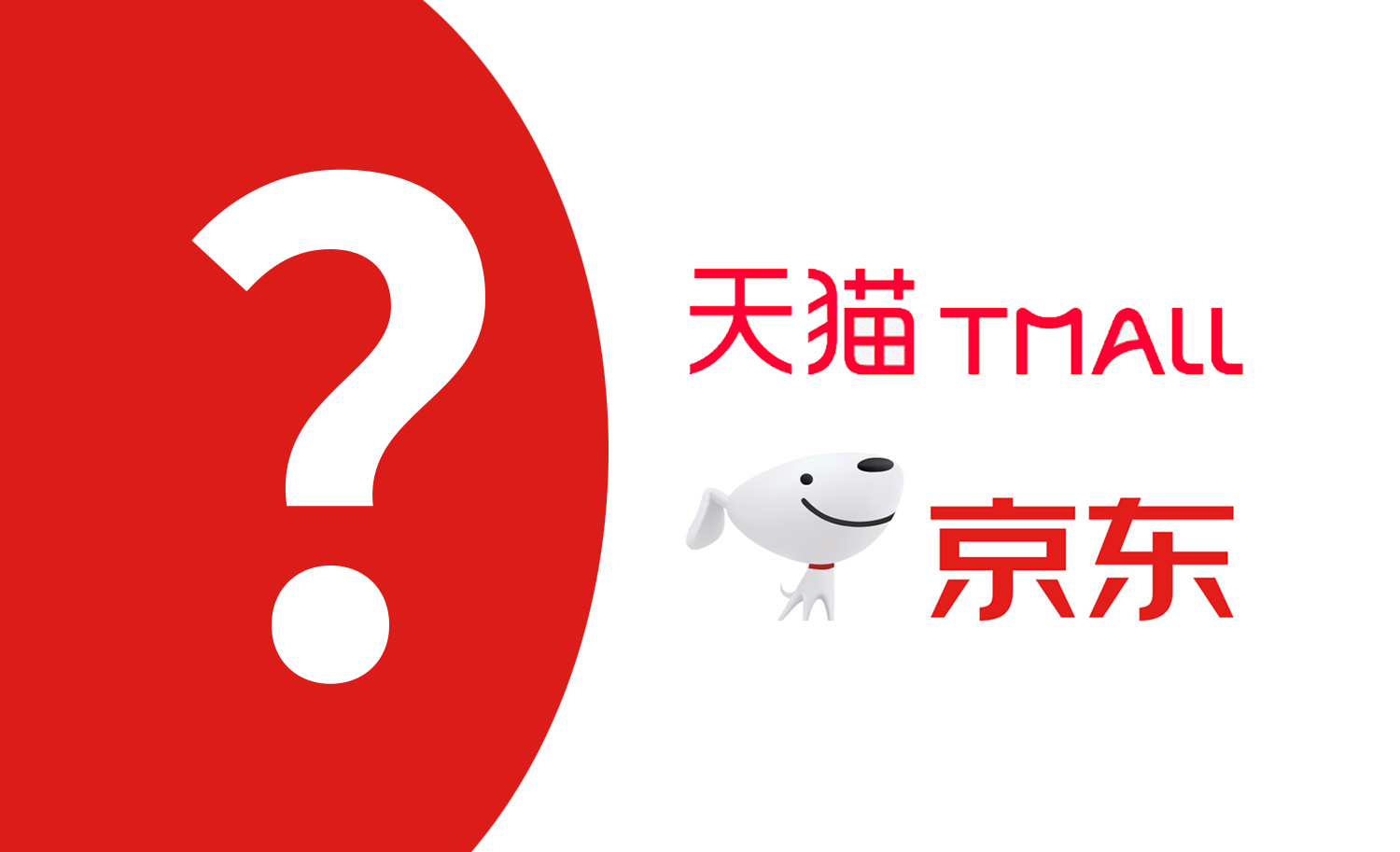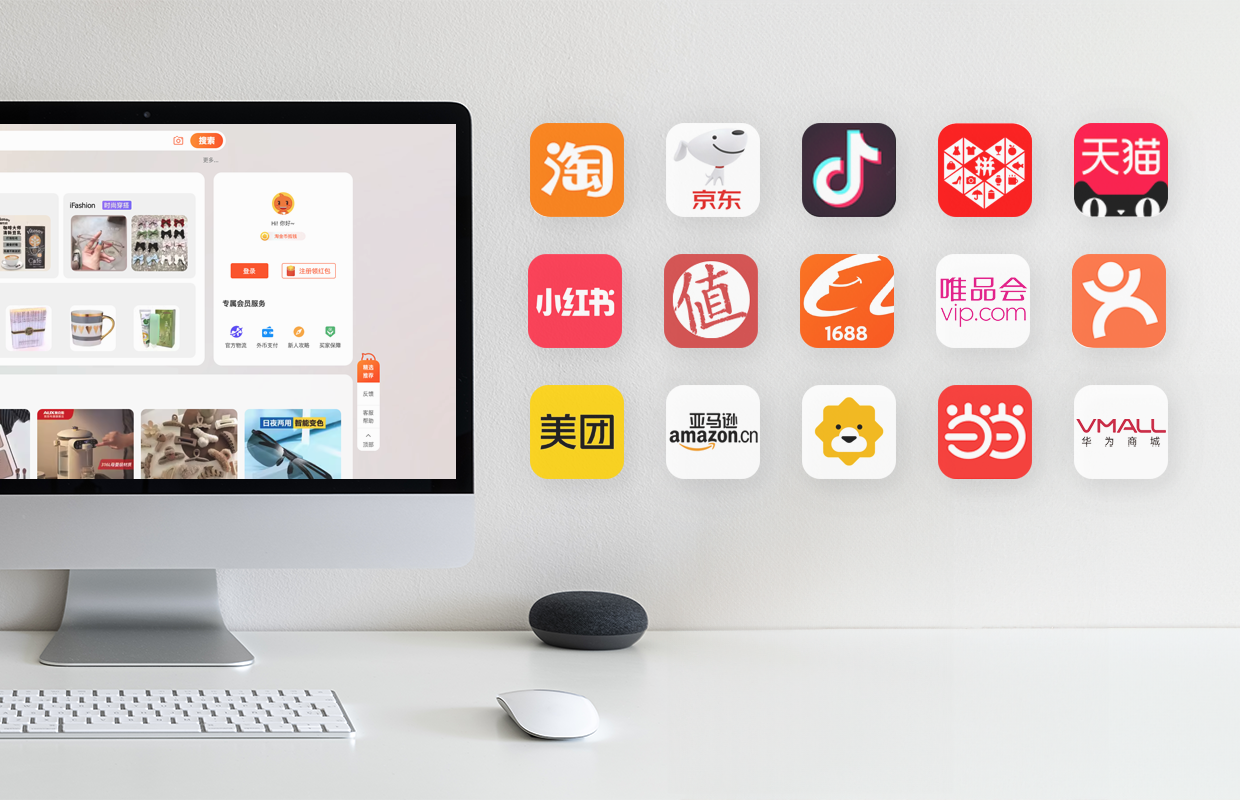The slowdown of China’s economic growth didn’t diminish Chinese consumers’ increasing confidence—especially their enthusiasm to shop online.
As ecommerce grows in importance in China, not only do Chinese brands hurry to move online, many Western companies, such as fashion apparel brands Zara and Gap, also view ecommerce as a strategic channel to reach Chinese consumers.
However, starting an ecommerce business isn’t as easy as simply translating the online business model that works well in your home country into Chinese. What do Chinese want to get from online shopping? How do they view products, make decisions and fulfill payment? Chinese consumers experience online shopping differently from Westerners at least in these three aspects.
First of all, Western consumers shop online mostly for convenience while their counterparts in China purchase online primarily to find good value, and secondly for access to more choices. According to a study from the Multimedia Research Group, 60% of Chinese online consumers list “better price” as the number one reason to make purchases online. This is not news that Chinese consumers generally price sensitive; however, “good price” is not the only dominate motivation.
Accessibility to more products is also a major factor for Chinese consumers to shop online. One interesting fact which can serve as an example here is that most people believe coastal regions buy the most bikinis in China. Surprisingly, retail data from Taobao reveals that consumers from China’s driest province Xinjiang, a province that is mostly desert, bought the most of bikinis online last year. This is exactly because of the limited choices of bikinis in local brick-and-mortar stores. Consumers in Xinjiang, China found the internet to be a perfect channel to access more bikinis. Similarly, consumers in China’s lower-tier regions often find popular international brands do not have retail outlets in department stores in their cities. Online shopping thus becomes the best way for them to access their desired products.
The preferred way of presenting products online in China also varies from in the US and Europe. Chinese consumers prefer a much more comprehensive, even overwhelming, online presentation style while in Western countries it is better to keep the website clean and simple. To be specific, a multi-angle display and informative description of products is extremely important for Chinese online shoppers. Detailed photos and descriptions can effectively mitigate their concern about product quality, and thus make the store trustworthy.
Take GAP’s online store for example (shown in the picture below) the same pants displayed only in front and back viewed on the brand’s American version sites was displayed on their Chinese sites with 10 more pictures including all angles and details such as the picture of the inside label! Furthermore, for the homepage of an online store, Westerners use it more like a brand building or storytelling space by displaying large banners or few featured products.
Chinese, on the other hand, tend to make the most use of the page to deliver information including promotions, inventory of all different sections or categories, as much as possible. Instead of feeling overwhelmed, Chinese consumers like to have a quick overview of overall collections and access to different categories quickly.
Payment methods are another area where Chinese online shoppers and Westerners have different habits as well. In China, third-party payment and cash-on-delivery is commonly adopted while Westerners use credit cards all of the time. Third-party payment services such as Alipay provide a perfect solution for online shopper safety given that poor quality and fraud is the major concern for Chinese consumers who shop online.
In addition, compared to online banking systems and tools in China, third-party payment is also easier to use. Users only need one verified account, transactions are instant and mostly without transaction fees. The recently extremely popular “fast pay” (快捷支付) function of third party payment even allows users to fulfill payment by simply having a cellphone and a card number. Cash-on-delivery is also a favorable payment method among Chinese consumers. It is another effective solution which lets online consumers feel more secure and comfortable and thus make their purchase decision easier and faster. In particular for those consumers who just begin to learn about shopping online or for those who are not experts in using computers.
There are other ways that Chinese online consumers differ from their counterparts in the US and Europe. Western firms should take the time to identify a trusted partner who understands the intricacies of the Chinese ecommerce landscape. However, these three aspects can provide basic guidance for shaping an excellent customer experience online in China. Identifying and understanding them can be the first step to successfully doing e-commerce in China the “Chinese way”.
Via: Business Insider
Posted by: Lily HONG













